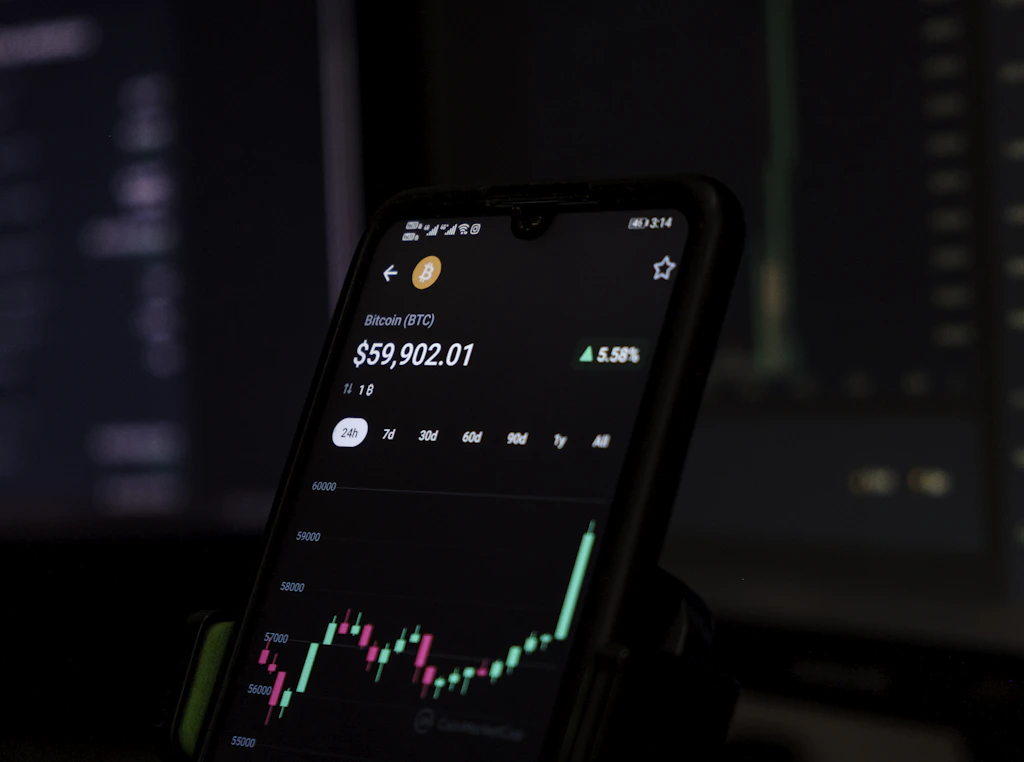Introduction: Cryptocurrency has become one of the most talked-about topics in finance and technology. But what exactly is it, and how can it be use it? This article will break down the basics of cryptocurrency, explore its benefits and risks, and provide practical insights into its applications.
Disclaimer: The information provided is for educational purposes only and does not constitute financial, legal, or tax advice. Always conduct your own research (DYOR) and consult with a licensed professional before making any financial decisions. We are not responsible for any actions taken based on this information.
What is Cryptocurrency? Cryptocurrency is a type of digital or virtual currency that uses cryptography for security. Unlike traditional currencies issued by governments (like the US dollar or euro, often referred to as “fiat currencies”), cryptocurrencies operate on decentralized networks powered by blockchain technology. Fiat currencies are not backed by physical assets like gold; instead there is based on government fiat/decree and public trust. Cryptocurrencies, on the other hand, are decentralized and not controlled by any single entity.
The first and most well-known cryptocurrency is Bitcoin, created in 2009 by an anonymous person or group known as Satoshi Nakamoto. Since then, thousands of other cryptocurrencies, often called “altcoins”, have emerged. These include Ethereum (ETH), Ripple (XRP), Litecoin (LTC), and many more, each with unique features and use cases. For example, Ethereum enables smart contracts, while Ripple focuses on fast cross-border payments.
It’s also important to distinguish cryptocurrency from other digital currencies, such as central bank digital currencies (CBDCs), which are issued and controlled by governments, and tokenized assets, which represent ownership of physical or digital items.
How Does Cryptocurrency Work? Cryptocurrencies operate on a technology called blockchain, a decentralized digital ledger that records all transactions across a network of computers. These computers, known as miners (or validators in some systems), verify transactions by solving complex mathematical problems (cryptography). Once verified, transactions are grouped into blocks and added to the chain. Each block contains transaction data, a unique digital fingerprint (hash) of the previous block, and its own hash. This structure ensures that if someone tries to alter data in one block, it will affect all subsequent blocks, making the change immediately noticeable and nearly impossible to execute without detection.
Benefits of Cryptocurrency:
- Decentralization: Cryptocurrencies are not controlled by any single entity/central authority, making them resistant to censorship and manipulation.
- Security: Transactions are secured using cryptography, making them highly resistant to hacking and froud.
- Transparency: All transactions are recorded on a public ledger (blockchain), which anyone can view, ensuring accountability and reducing the risk of corruption.
- Global Access: Cryptocurrencies can be used anywhere in the world, providing financial access to unbanked populations.
- Lower Fees: Transactions fees are often lower than those of traditional banking systems, especially for international transfers.
- Speed: Transactions can be processed in minutes, regardless of the sender’s and receiver’s locations.
Challenges of Cryptocurrency:
- Volatility: Cryptocurrency prices can be extremely volatile. For example, Bitcoin’s price has swung from nearly 69,000 in November 2021 to around 20,000 in 2023 which makes them risky for investment.
- Regulation: The regulatory environment for cryptocurrencies is still evolving. Governments worldwide are grappling with how to regulate this new asset class, creating uncertainty for users and investors. This fact is impact cryptocurrencies’ use and value.
- Adoption: While cryptocurrencies are gaining popularity, they are not yet widely accepted as a form of payment. The user penetration rate is estimated to be 11.02% in 2025.
- Lack of Understanding: Many people still don’t fully understand how cryptocurrencies work, which can lead to poor investment decisions and vulnerability to scams.
How to Get Started with Cryptocurrency? If you’re interested in using cryptocurrency, here are some steps to get started:
- Educate Yourself: Learn about different cryptocurrencies, how they work, and their potential risks and rewards.
- Choose a Wallet: A cryptocurrency wallet is a digital tool for storing, sending, and receiving cryptocurrencies. Options include hardware wallets (e.g., Ledger), software wallets (e.g., Exodus), and mobile wallets (e.g., Trust Wallet).
- Buy Cryptocurrency: You can purchase cryptocurrencies on exchanges like Coinbase, Binance, or Kraken using traditional money or other cryptocurrencies.
- Start Small: If you’re new to cryptocurrency, start with a small investment to get a feel for how it works.
- Stay Secure: Use strong passwords, enable two-factor authentication, and be cautious of phishing scams.
Real-World Use Cases: Cryptocurrencies are increasingly being used in practical applications:
- Reduced Fees: For example, buying real estate or expensive vehicles with cryptocurrency can save on transaction fees.
- Faster Transactions: Export-import businesses benefit from quicker cross-border payments compared to traditional banking systems.
- Micropayments: Content creators can receive small payments directly from their audience without intermediaries.
- Remittances: Migrant workers can send money home with lower fees and faster processing times.
Conclusion: Cryptocurrency represents a significant shift in how we think about money and financial transactions. While it offers numerous benefits, such as decentralization, security, and global access, it also comes with challenges like volatility and regulatory uncertainty.
Whether you’re looking to invest, make transactions, or simply learn more, understanding cryptocurrencies is essential in today’s digital economy. By staying informed and managing risks, you can leverage the potential of this transformative technology.




